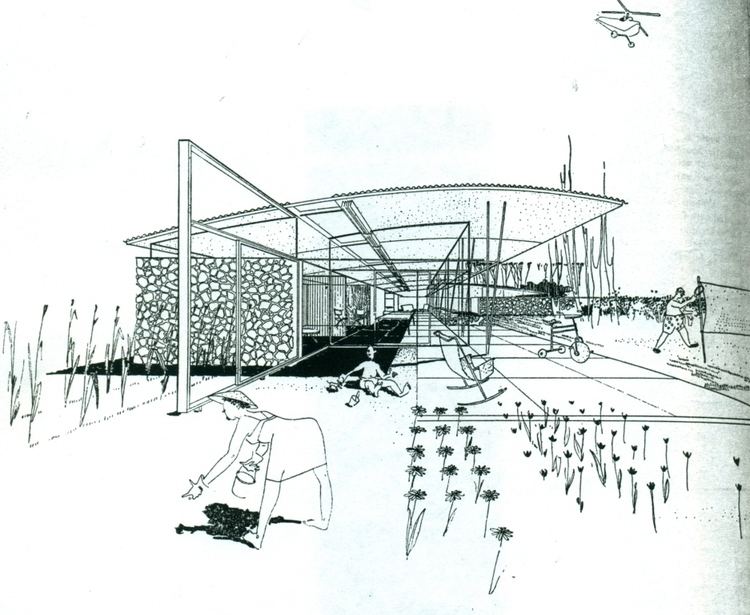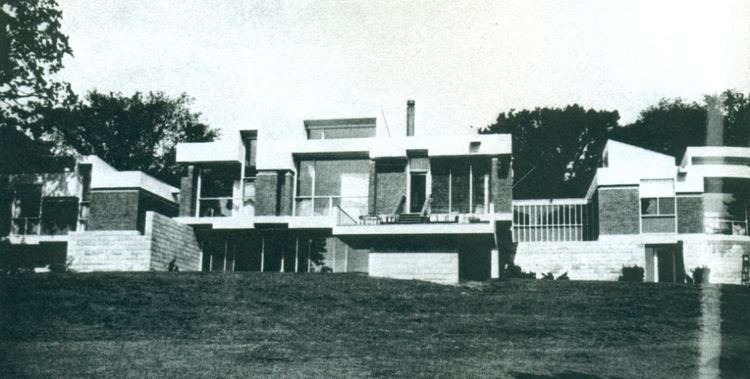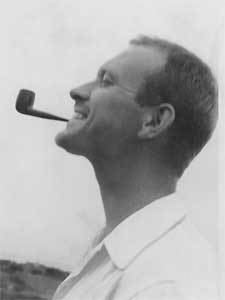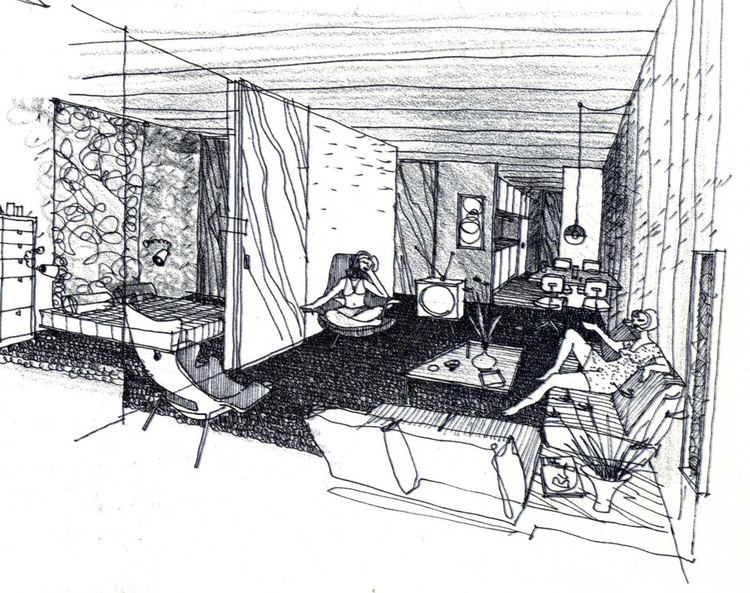Nationality American Role Architect Name Ralph Rapson | Occupation Architect | |
 | ||
Practice Ralph Rapson and Associates Buildings Guthrie Theater (demolished), Riverside Plaza (Cedar Square West), University of Minnesota Rarig Center, churches, residences and U.S. embassies Structures | ||
Ralph rapson a legacy in architecture and design
Ralph Rapson (September 13, 1914 – March 29, 2008) was the head of architecture at the University of Minnesota for many years. He was one of the world's oldest practicing architects at his death at age 93, and also one of the most prolific.
Contents
- Ralph rapson a legacy in architecture and design
- NORTHERN LIGHTS 431 Ralph Rapson 2
- Early life and education
- Teaching
- Architectural practice and philosophy
- Buildings and projects
- Awards and honors
- Death and remembrances
- References

NORTHERN LIGHTS #431 - Ralph Rapson #2
Early life and education

Rapson was born in Alma, Michigan with a deformed right arm that was amputated at birth; he learned to draw expertly with his left hand. He earned architecture degrees at the University of Michigan, and at the Cranbrook Academy of Art, where he studied under Eliel Saarinen. “Cranbrook was a very exciting, dynamic place where I met and worked with guys like Charlie Eames, Harry Bertoia, and Harry Weese,” Rapson said.
As a young architect, Rapson worked for the Saarinen architectural office from 1940 to 1941. He moved to Chicago in 1941, where he worked with George Fred Keck and others.
Teaching

Rapson taught architecture at the New Bauhaus School (now IIT Institute of Design) from 1942 to 1946, and at the Massachusetts Institute of Technology from 1946 to 1954.
He was head of the architecture school at the University of Minnesota from 1954 to 1984, where "generations of Minnesota architects came up through [his] tutelage."
Architectural practice and philosophy

Rapson practiced in Minneapolis, Minnesota from 1954 to 2008. His work was predominantly in the Modernist style. “Practically all the work I’ve done is not too far off from Bauhaus principles,” he said.

But his work was oriented to people rather than abstract principles. He said: “Whenever I’m designing a building or a piece of furniture, people become a strong part of my general approach. The design process isn’t just about bricks and stones; for me it’s also about the people in a building and how I expect them to live.”
Rapson was a prolific sketch artist and kept volumes of sketchbooks from his various world travels. A book of selected sketches was published in 2002. In the book's introduction, Cesar Pelli wrote: His drawings were "completely self-assured" and "looked quintessentially American."
Buildings and projects
Some of Rapson's most important projects include:
Awards and honors
Death and remembrances
Rapson died quietly in his home in Minneapolis on March 29, 2008. He was working in his office the previous day.
Six hundred people attended his memorial service at the new Guthrie Theater. He was described as a "rock star" in the field.
Thomas Fisher, of the College of Design at the University of Minnesota, said: “His passing ends an era in American architecture as well as in the history of the school, and he will be very much missed by the thousands of people he influenced.” Linda Mack remembered him as "A gentleman of the old school [who] maintained his career, his dignity, his charm and his kindliness to the end. He left more than an architectural legacy." According to Kay Lockhart, "Ralph loved being an architect, and he told me once, he 'felt sorry for anyone who wasn't an architect.' He infused us all with that same spirit." His wife was Mary and he had two sons, Richard (Rip) and Thomas (Toby), and a daughter, Ren, from a previous marriage.
